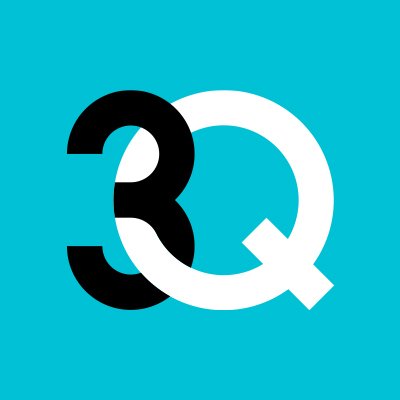Coordinating Viral Organic Content with Paid Ads for Major Efficiency Gains | Case Study
Using organic content as a marketing strategy is all about customers, focusing on giving them an improved online experience. You will not be paying for your place. So, you need valuable content that provides answers to questions, and shows why you have the best solutions.
If you establish yourself as a good source of essential content, you build engagement with customers. And, in turn, you build your brand. Consequently, this type of marketing demands time and effort, and it is essential to establish a good system to gain rewards.
Developing a working organic content marketing strategy means positioning content where it belongs. It’s critical to understand the main demographics your content affects.
Social media platforms constitutes a suitable environment for responsive and engaged audience. These audiences represent a staggering 42 percent of the world population. But, not all platforms have the same marketing potential.
For example, Facebook commands the lion’s share of users, with 2.167 billion active users as of January 2018. Instagram and Snapchat are where the younger audience hangs out. Also, statistics from 2016 reveal 59 percent of 18- to 29-year-olds use Instagram.
A Healthcare institution, in collaboration with 3Q Digital, successfully increased online registrations. This was achieved through a strategy that coordinated viral organic content with paid ads.
PROBLEM
The goal was to increase the number of onsite registrations from doctors and nurses while minimizing CPA as much as possible. The Healthcare institution was targeting doctors and nurses on Facebook and SEM.
SOLUTION
On the brand’s Facebook page, organic content was being curated and posted frequently, including industry-relevant news articles, think pieces, blogs, etc.
To grow brand authority and trust with target audiences, 3Q established paid media tests to boost organic posts using press sources that mention the client.
The organic-looking content sparked significant engagement, including many shares. This virality increased reach beyond the audiences directly targeted (and paid to get in front of).
More importantly, measurable increases in conversion volume - on-site registrations - were immediate. Based on the strong initial data, these organic posts were rolled out in all prospecting ad sets, in order to improve efficiency across the board.
Additionally, since many of these social posts directed to a third-party blog (not the pixeled client website), branded paid search campaigns became very important in capturing the generated demand.
When shared content mentioning the client went viral, 3Q made the following strategic changes to efficiently capture this demand:
• Changed delivery to Accelerated to ensure not missing out on any query traffic
• Opened up budget ceilings to avoid capping before the end of the day
• Strategically increased bids on keywords that were losing top Average Positions
RESULT
By boosting earned media across all relevant Facebook ad sets, 3Q generated demand amongst a high-quality audience. Even though this traffic was not all directed to the client site, but often third parties, Facebook’s 28-day click attribution allowed them to track subsequent on-site conversions.
From June to July, when these engaging posts were added to all ad sets, this strategy led to a 144% increase in conversion volume across all paid media. For Facebook, this was 168% conversion volume growth MoM. For branded search campaigns, this was 870% growth MoM.
Additionally, because reach was expanded by organic shares and engagement, cost was kept relatively static, and CPAs fell by 60% for the same period.

Warning: Trying to access array offset on value of type bool in /home/dmc/public_html/wp-content/themes/DMC/single-case_study.php on line 42

3Q Digital
Warning: Undefined array key "sidebar_ads" in /home/dmc/public_html/wp-content/themes/DMC/functions/helpers.php on line 824